

Distance Learning UOI 5 2021 .pdf. 01 Ecosystems over time Provocation. Nemo swims out to sea. Living things and classifying animals. Our Planet - What is biodiversity? Mind-blowing Variety of Life on Earth - BBC Earth. Land Biomes - BrainPOP UK. Biomes of the World for Children: Oceans, Mountains, Grassland, Rainforest, Desert - FreeSchool. 360 Virtual Reality Biomes. Explore Biomes in Virtual Reality While it is fun to visit and explore each biome in person, it is not likely that you can get to all of them.
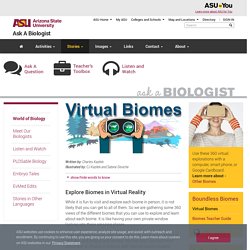
So we are gathering some 360 views of the different biomes that you can use to explore and learn about each biome. It is like having your own private window looking into these amazing places. There are three ways to view each biome. Food webs. Wildlife Friendly Gardens. Explore FrogID records - Australian Museum FrogID Project. Frog Bog - Gardening Australia. SERIES 29 | Episode 18 Costa Georgiadis visits Dover Heights Community Preschool in Sydney’s East to help put in a frog pond.
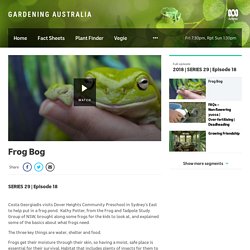
Kathy Potter, from the Frog and Tadpole Study Group of NSW, brought along some frogs for the kids to look at, and explained some of the basics about what frogs need. Frog Future - Classroom - BTN. It may seem dramatic, but this is all we could be left with in our backyards, swamps and ponds if things don't improve.
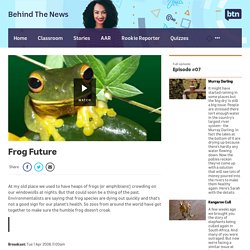
This little guy is called a Corroborree frog and at last count, there's only fifty like him left in the wild. But he's not the only one facing an uncertain future. Eight species of frog have died out in Australia alone and forty-seven more are threatened. Frog spotting teacher resource (pdf) TRASH TALK: What is the Great Pacific Garbage Patch? Great Pacific Garbage Patch - National Geographic Society. The Great Pacific Garbage Patch is a collection of marine debris in the North Pacific Ocean.
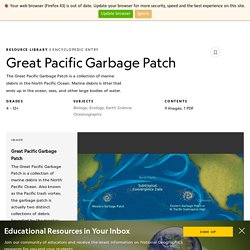
Marine debris is litter that ends up in oceans, seas, and other large bodies of water. The Great Pacific Garbage Patch, also known as the Pacific trash vortex, spans waters from the West Coast of North America to Japan. How to make paper straws. Did you know that plastic straws are one of the top items found during beach cleanups?
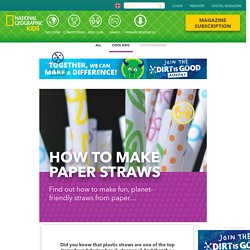
And that they can be extremely harmful to our planet’s magnificent marine life? It’s time to take action! Young Marine Scientist - BTN. Here at BTN, we seem to be pretending to be scientists an awful lot, but we've got nothing on Rehan here.
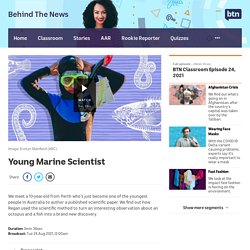
At just ten, he's one of the youngest people in Australia to become an author of a scientific paper. So how do you go from wannabes, to legit? Well, it all started with his love for exploring the ocean. REHAN: The ocean is like a whole different world itself.